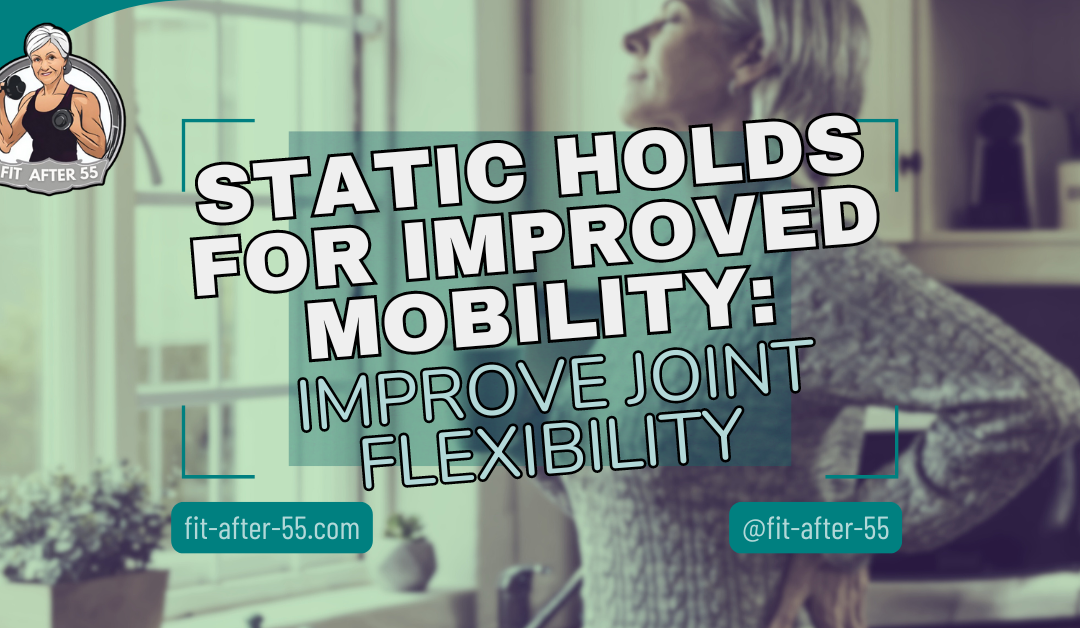If you’re looking for a simple yet effective way to enhance your flexibility and improve your joint health, static holds for improved mobility might be the game-changer you’ve been searching for. These powerful exercises boost your mobility, allowing you to move more quickly and confidently. Whether you’re an athlete seeking better performance or wanting to maintain a healthy range of motion, static holds can unlock new levels of flexibility. Keep reading to discover how incorporating static holds into your routine can improve your mobility and overall well-being.
Static Holds for Improved Mobility: Unlocking Joint Flexibility and Range of Motion
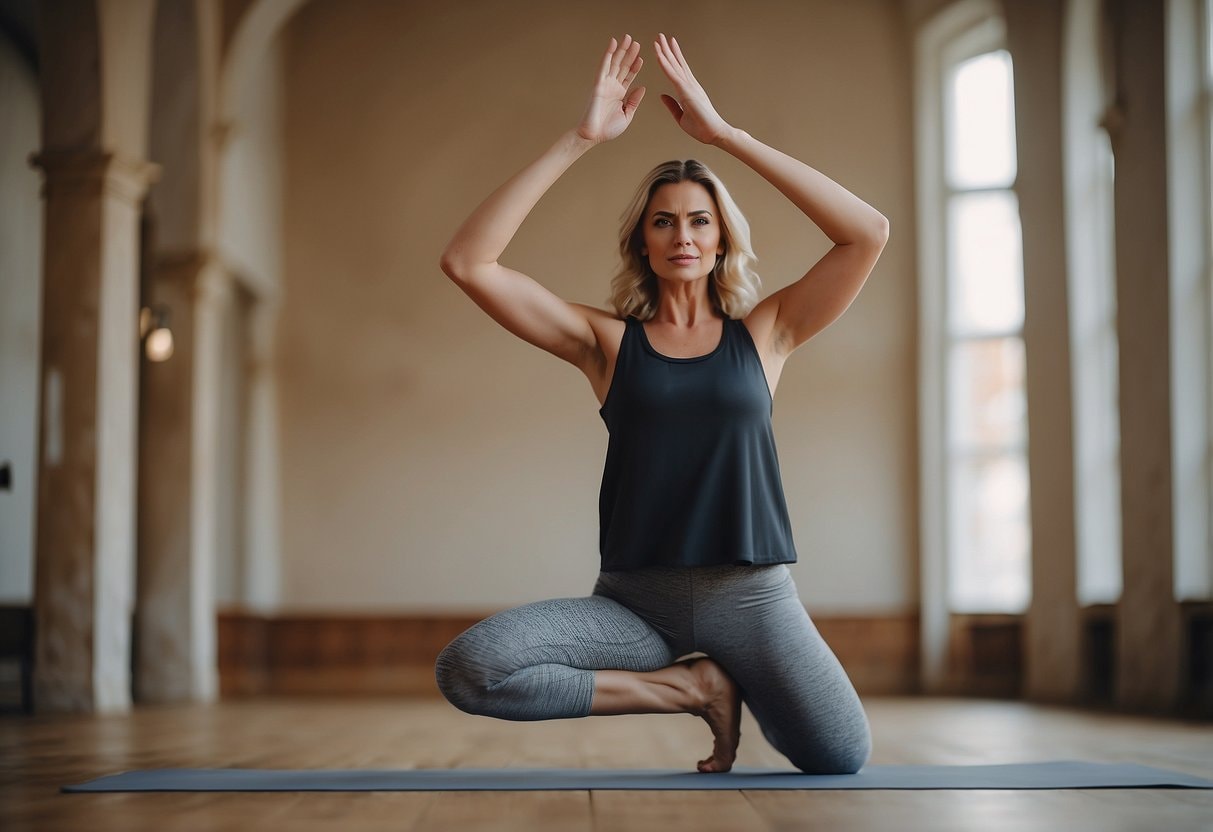
Static holds are a simple yet powerful way to boost mobility and strength. These exercises involve holding a position for a set time without moving. Static holds for improved mobility can enhance joint flexibility, ease pain, and build strength. You can do static holds for many parts of your body. For your upper body, try chin-up holds, or plank holds.
Wall sits are an excellent choice for your lower body. These exercises work your muscles without putting too much stress on your joints. Adding static holds to your workout can help you strengthen and move better. They’re easy to do at home with little or no equipment. Start with short holds and slowly increase the time as you get stronger.
Key Takeaways
- Static holds improve mobility, joint health, and muscle strength through isometric contractions.
- With simple moves like planks and wall sits, they can target different body parts, including the upper body, core, and lower body.
- Start with shorter hold times and increase as strength and endurance improve.
- These exercises are easy on the joints, making them suitable for various fitness levels and those with joint concerns.
- Regular practice of static holds can lead to significant improvements in flexibility, stability, and overall well-being.
Understanding Static Holds
Static holds are exercises where you maintain a fixed position without moving. They build strength and stability in specific muscle groups. Static holds for improved mobility are especially beneficial as they enhance strength and help improve joint flexibility and range of motion. These simple yet effective exercises can be done almost anywhere.
The Fundamentals of Static Holds
Static holds involve isometric contractions, where muscles tense without changing length. You hold a position for a set time, typically 10 to 60 seconds. Common static holds include planks, wall sits, and chin-up holds. To perform a static hold:
- Choose a position
- Engage target muscles
- Hold the position
- Breathe steadily
- Release after the set time
Start with shorter holds and gradually increase duration as you build strength. Proper form is crucial to avoid injury and get the most benefit.
Benefits of Static Hold Training
Static holds offer many advantages for your fitness routine. They improve strength and muscle endurance by recruiting muscle fibers as you fatigue, leading to better overall muscle function and power. These exercises also enhance stability and balance. Holding challenging positions trains your body to maintain control in various situations.
Static holds are low-impact, making them suitable for people with joint issues or injuries. They put less stress on your joints compared to dynamic exercises. Regular static hold training can improve your posture and body awareness. You learn to engage core muscles and maintain proper alignment.
Common Misconceptions
Many people think static holds are easy because there’s no movement. In reality, they can be very challenging and effective when done correctly. Another myth is that static holds don’t build muscle. While they may not cause as much muscle growth as dynamic exercises, they contribute to strength and muscle endurance.
Some believe static holds are only for advanced exercisers. They’re suitable for all fitness levels. You can adjust the difficulty by changing the position or duration of the hold. Lastly, it’s a mistake to think static holds only work for one muscle group. Many static exercises engage multiple muscles, providing a full-body workout.
Implementing Static Holds into Your Routine
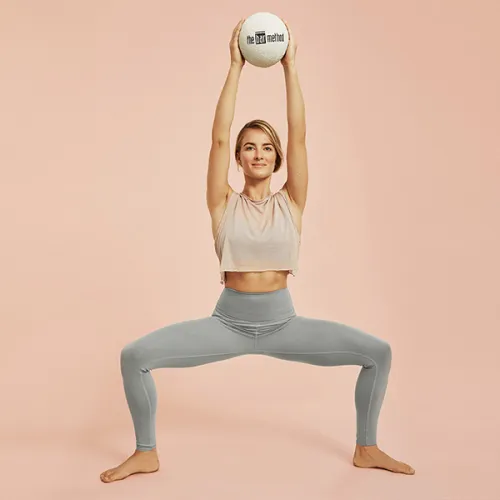
Static holds can boost your mobility when used correctly. Incorporating static holds for improved mobility into your routine works well as part of a full-body program and requires the right timing to achieve optimal results.
Incorporating Holds for Full-Body Mobility
Start with basic positions like the squat hold, plank, and wall sit. These target large muscle groups and improve overall stability. Add arm and leg raises to planks for extra challenge. Mix static holds with dynamic moves. For example, do a set of squats followed by a squat hold. This combo works muscles in different ways.
Try to dislocate the shoulder with a towel or band. Hold the stretched position for 10-30 seconds. This helps improve shoulder mobility. If needed, use furniture or walls for support. A chair can help with single-leg balance holds, and walls work great for assisted handstands or leg raises.
Frequency and Duration of Static Holds
Aim to do static holds 2-3 times per week. This gives muscles time to recover between sessions. Start with 10-30 second holds and build up over time. For each hold, do 2-3 sets. Rest 30-60 seconds between sets. As you get stronger, increase hold times or add more sets. Static holds can fatigue muscles quickly. Listen to your body and stop if you feel pain or shaking.
Combine holds with other exercises. A 5-minute hold routine can work well as a warmup or cooldown. Or, add 1-2 hold exercises to your regular workout. Remember, consistency is key. Even regular short holds can lead to big improvements in mobility over time.
Did You Know?
The ideal length for static holds depends on one’s goals and fitness level. For strength, holds of 10-30 seconds are often used, while longer holds of 1-2 minutes can boost endurance. It is recommended to start with shorter holds and gradually increase the time as strength improves.
Static Holds for Upper Body Mobility
Static holds for improved mobility can boost your upper body mobility and strength. These exercises target key muscle groups in your shoulders, arms, chest, and back to improve flexibility and stability.
Shoulder and Arm Holds
To enhance shoulder mobility:
- Try wall slides.
- Stand with your back against a wall and raise your arms into a “goal post” position.
- Hold for 30 seconds.
- For arm mobility, do a bicep hold.
- Hold a dumbbell at a 90-degree angle with your palm facing up.
Keep your upper arm still and maintain the position for 20-30 seconds. Tricep holds are also effective. Hold a dumbbell overhead with your arm straight. Slowly lower it behind your head and hold it for 20 seconds.
Chest and Upper Back Holds
Improve chest mobility with a doorway stretch. Stand in a doorway with your arms on the frame at shoulder height. Lean forward slightly and hold for 30 seconds. For upper back mobility, try a rowing hold. Use a resistance band anchored at chest height. Pull the band towards your chest and hold the position for 20-30 seconds.
The plank hold targets multiple upper body areas. Get into a push-up position and hold for 30-60 seconds, keeping your body straight. Remember to breathe normally during these holds. Start with shorter durations and gradually increase as you build strength and endurance.
Here’s an additional video on Functional Mobility with Static Holds.
By: Saint Mary’s Fitness Center
Static Holds for Core Stability
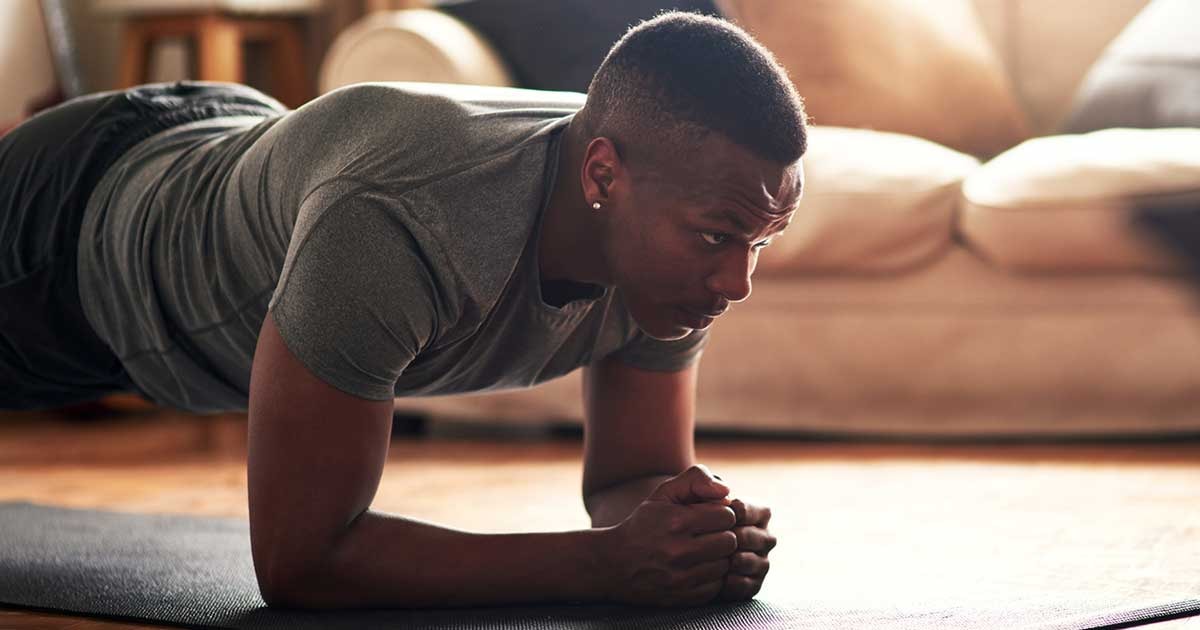
Static holds can greatly improve your core stability. These exercises target different areas of your midsection to build strength and enhance overall balance, making static holds for improved mobility an essential part of any fitness routine.
Anterior Core Holds
The plank is a key anterior core hold. Start in a push-up position with your forearms on the ground. Keep your body straight from head to heels. Hold for 30 seconds to 1 minute. The hollow hold is another effective option.
Lie on your back, lift your legs and arms off the floor, and curve your body into a “C” shape. Hold this position for 20-30 seconds. High plank and hollow hold exercises are great for building core strength. These moves engage your deep abdominal muscles and help improve posture.
Posterior Core Holds
The superman hold targets your lower back muscles. Lie face down with arms extended overhead. Lift your arms, legs, and chest off the ground. Hold for 15-30 seconds. Bridge holds work your glutes and lower back. Lie on your back with your knees bent and feet flat.
Lift your hips until your body forms a straight line from knees to shoulders. Hold for 30-60 seconds. These exercises help balance out anterior core work. They strengthen your back muscles, crucial for good posture and preventing lower back pain.
Oblique Holds
Side planks are excellent for oblique strength. Lie on your side, prop yourself up on your forearm, and lift your hips. Create a straight line from head to feet. Hold for 30 seconds on each side. The windmill targets your obliques and shoulders. Stand with feet wide and hold a weight in one hand overhead.
Bend to the opposite side, keeping the weight arm straight up. Hold for 10-15 seconds per side. These exercises improve core stability and rotational strength. Strong obliques help with twisting movements and protect your spine during everyday activities.
Static Holds for Lower Body Mobility
Static holds for improved mobility can greatly enhance lower body flexibility and strength. These exercises target key muscle groups to boost stability and range of motion.
Hip Flexor and Quadriceps Hold
The high plank is an excellent static hold for hip flexors and quads. Start in a push-up position with your arms straight and core tight. Hold this pose for 30 seconds to 1 minute. For a deeper stretch, try a low lunge hold. Step one foot forward into a lunge, lowering your back knee to the ground.
Keep your front knee over your ankle and push your hips forward. Hold for 30-60 seconds on each side. To target your quads, stand on one leg and pull your other foot towards your buttocks. If needed, hold onto a wall for balance. Maintain this position for 30 seconds per leg.
Hamstring and Calf Holds
A standing hamstring stretch is simple yet effective. Stand tall and place one foot slightly in front of you. Bend forward at the hips, keeping your back straight. Reach for your toes and hold for 30 seconds. For calves, try a wall stretch. Stand facing a wall with one foot back, heel on the ground. Lean forward, pressing your hands against the wall.
Keep your back leg straight and feel the stretch in your calf. Hold for 30 seconds on each leg. The wall sit targets both hamstrings and calves. Lean against a wall and slide down until your thighs parallel the ground. Hold this position for 30-60 seconds.
Ankle and Foot Holds
Ankle mobility is crucial for overall lower body function. Try a kneeling ankle flexion hold. Kneel with one foot flat on the ground in front of you. Lean forward, bending your front ankle. Hold for 30 seconds per side. For foot mobility, practice toe yoga. Sit with your feet flat on the floor. Lift just your big toes while keeping your other toes down. Hold for 10 seconds.
Then lift your other toes while keeping your big toes down. Repeat five times. A single-leg balance hold improves ankle stability. Stand on one foot, lifting the other slightly off the ground. Hold this position for 30 seconds, then switch legs. For an extra challenge, close your eyes.
Progressions and Regressions
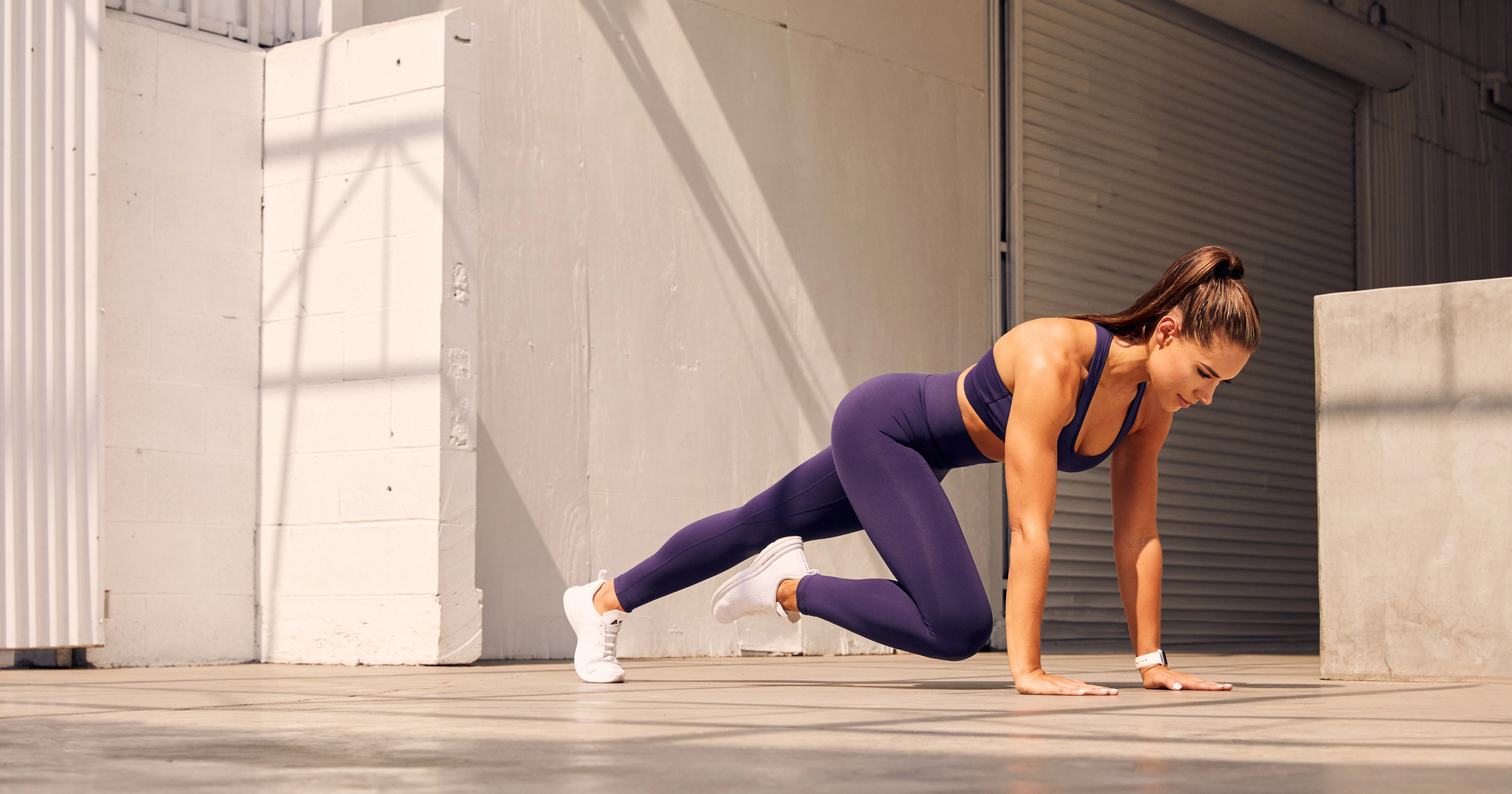
Static holds for improved mobility can be adjusted to suit different fitness levels and goals. By modifying the difficulty, you can challenge yourself appropriately and safely improve your mobility.
Scaling Static Holds for Beginners
If you’re new to static holds, start with easier positions. Try holding a squat position for 10-15 seconds. Focus on proper form and breathing. Gradually increase hold times as you get stronger. Aim for 30-second holds before moving to more challenging poses.
Use supports like walls or chairs if needed. This helps maintain balance while you build strength. Remember to listen to your body. If you feel pain, ease off and consult a fitness professional.
Advanced Techniques for Experienced Individuals
Once you’ve mastered basic holds, try more difficult variations. Add single-leg balance challenges to increase difficulty. Incorporate unstable surfaces like balance boards. This engages more muscles and improves proprioception. Combine static holds with dynamic movements for a more significant challenge. For example, hold a lunge position, then step forward into a new lunge.
Experiment with longer hold times, up to 2-3 minutes for advanced practitioners. This builds serious endurance and stability. Consider adding weight to your static holds. Use dumbbells or resistance bands to increase the intensity.
Safety Precautions and Contraindications
Static holds for improved mobility can be beneficial, but practicing them safely is crucial. Knowing your limits and understanding when to avoid certain holds are key to preventing injury and maximizing your benefits.
Identifying Your Limits
Listen to your body when performing static holds. If you feel pain, stop immediately. Pain is different from the normal stretch sensation and could signal potential injury. Start with shorter hold times, like 10-15 seconds, and gradually increase as you build strength and flexibility. Don’t push yourself too hard too fast.
Use proper form to avoid strain. If you need more clarification, ask a fitness professional for guidance. They can help you adjust your technique. Pay attention to your breathing. Try to maintain steady, calm breaths throughout the hold. If you find yourself holding your breath, ease off the intensity.
When to Avoid Certain Static Holds
If you have a recent injury or chronic condition, consult your doctor or physical therapist before starting static holds. Some conditions may require modified exercises. Avoid static holds if you feel dizzy, lightheaded, or unusually tired. These symptoms could increase your risk of falling or straining a muscle.
Be cautious with neck and back holds if you have existing spine issues. These areas are sensitive and require extra care. Skip static holds if you’re experiencing acute pain or inflammation in a joint or muscle. Allow your body time to heal before resuming exercises.
Tools and Equipment
The right tools can make static holds for improved mobility more effective and comfortable. Props provide extra support while choosing proper equipment to help you meet your mobility goals.
Using Props for Enhanced Support
Props make static holds easier and safer. Yoga blocks let you modify poses. Place them under your hands in a forward fold to reduce strain. Foam rollers support your spine during back extensions. Straps help you reach farther in stretches.
Walls give stability for balance poses. Stand near one for a tree pose. A chair aids in single-leg stands. Grip the back for support. Pillows and bolsters cushion joints. Put them under the knees in seated poses. They also prop up hips in reclined positions.
Selecting the Right Equipment for Your Goals
Pick gear based on your needs. Resistance bands add challenge to holds. Loop them around limbs for extra tension. Weighted objects like dumbbells increase difficulty, too. For comfort, get a good yoga mat. It cushions your body on hard floors. Look for thick, non-slip types.
Timer apps help track hold duration. Set them for your desired time. Some have interval settings for work and rest periods. If the balance is tricky, try stability discs. Stand on them during holds to engage more muscles. Start with flat sides up, then flip for more challenge.
Monitoring Progress and Adaptations
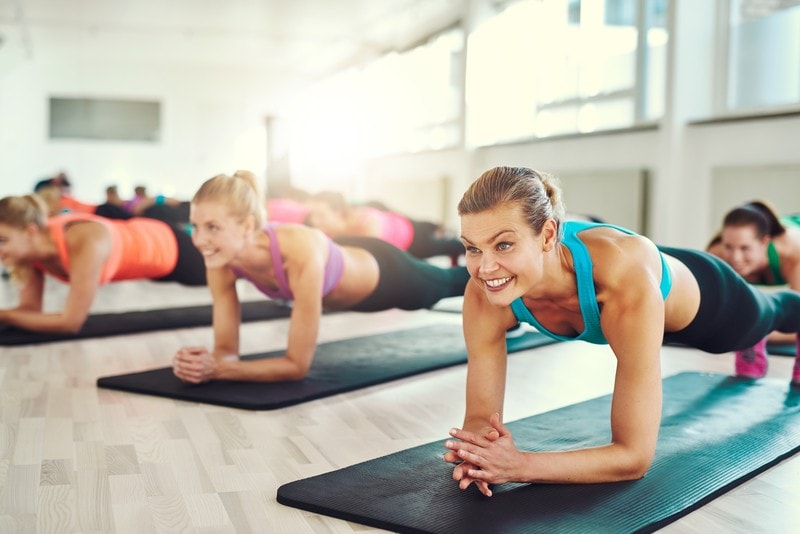
Tracking your mobility improvements and adjusting your routine is key to getting the most out of static holds for improved mobility. These practices help you stay motivated and ensure your exercises remain effective as you progress.
Tracking Your Mobility Improvements
Start by taking baseline measurements of your flexibility and range of motion. Use a simple tool like a ruler or goniometer to measure how far you can stretch or bend. Take photos or videos of your posture and movement to track changes over time visually.
Keep a log of your static hold sessions. Note the duration you can hold each position and any discomfort you feel. This will help you spot trends and improvements. Set small, achievable goals for yourself. Aim to increase hold times by 5-10 seconds each week or to reduce discomfort in specific poses.
Adjusting Your Routine Based on Feedback
Listen to your body. If a hold feels too easy, increase the duration or try a more challenging variation. If you experience pain, ease off and consult a professional. Rotate your focus areas. Spend extra time on mobility tasks that need more work based on your tracking data.
Try incorporating new static holds every few weeks to keep your routine fresh and target different muscle groups. This helps prevent boredom and ensures well-rounded mobility improvements. Consider working with a physical therapist or mobility coach. They can provide manual therapy techniques and personalized advice to enhance your progress.
Here’s an additional video showcasing the best mobility exercises for each joint.
By: Calisthenicmovement
Maximizing Flexibility and Strength: The Benefits of Static Holds for Improved Mobility
Static holds for improved mobility offer a straightforward yet highly effective approach to enhancing joint flexibility and overall range of motion. By incorporating these static exercises into your routine, you can achieve significant gains in strength, stability, and mobility. Exercises like planks and wall sits target various muscle groups, promoting better joint health and muscle endurance without excessive strain on your joints. These holds can be easily integrated into any workout regimen, making them a versatile tool for individuals at all fitness levels.
Whether you’re just starting out or looking to challenge yourself further, adjusting the duration and intensity of your static holds for improved mobility can lead to continuous improvement. Embracing the simplicity and effectiveness of static holds can unlock new levels of flexibility and overall well-being, enhancing your fitness journey and everyday movement. With consistent practice, you’ll enjoy the benefits of improved mobility and a more resilient body.
Frequently Asked Questions
What Are the Benefits of Static Hold Exercises for Muscle Growth and Mobility?
Static holds can build strength and stability. They work muscles isometrically, which means the muscle length stays the same while under tension. This can increase muscle endurance and power. Static holds also improve joint stability and body awareness, improving mobility.
Can Static Training Effectively Increase Flexibility, and How?
Yes, static training can improve flexibility. Static stretches after workouts can help lengthen muscles and increase range of motion. Hold stretches for 15-30 seconds to improve flexibility. Remember to warm up before stretching to avoid injury.
How Do Static Holds Compare to Dynamic Exercises in Terms of Benefits?
Static holds and dynamic exercises each have unique benefits. Static holds build strength and stability in specific positions. Dynamic exercises improve movement patterns and cardiovascular fitness. Both types of exercise can enhance mobility and flexibility. Using a mix of static and dynamic exercises gives the best results.
Embrace Wellness and Thrive: Join the Fit After 55 Community!
Get inspired to stay active with Fit After 55!
Visit our website (https://www.vitalityseniorliving.com/resources_for_senior/staying-fit-at-55/) for expert tips, valuable insights, and reviews tailored for seniors. Connect with a supportive community of health and fitness enthusiasts on our Facebook page (https://www.facebook.com/fitafter50dotcom/).
Let’s start this fitness journey together and show that age is just a number!

